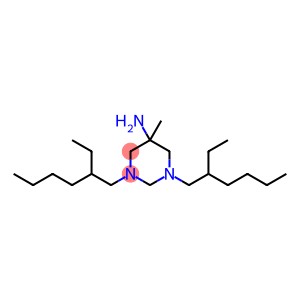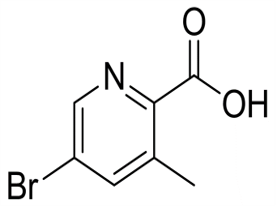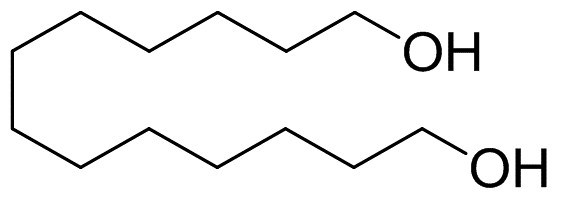hexetidine CAS 141-94-6
| Hazard Symbols | Xi – Irritant |
| Risk Codes | R36/38 – Irritating to eyes and skin. R36/37/38 – Irritating to eyes, respiratory system and skin. |
| Safety Description | S26 – In case of contact with eyes, rinse immediately with plenty of water and seek medical advice. S36 – Wear suitable protective clothing. |
| WGK Germany | 3 |
| TSCA | Yes |
| Hazard Note | Irritant |
Introduction
Hexamethyl-1,3,5-triazine (HMT) is an organic compound. It is a colorless crystal or white crystalline powder, soluble in organic solvents such as alcohols, ketones, esters, etc., and very slightly soluble in water. Hexabutyridine has the properties of stereoisomers, the most common of which are three isomers: A, B, and C.
These isomers differ in nature and use. Among them, type A has high thermal stability and mechanical strength, and is often used as an additive for thermosetting resins, adhesives, coatings and preservatives. Type B and Type C are more stable at low temperatures than Type A and can be used as intermediates for solvents, surfactants, and dyes.
The method of preparing hexabutyldine generally adopts the reaction of tricyandiamide and formaldehyde. The specific step is to condense tricyandiamide and formaldehyde under appropriate reaction conditions to generate hexabutydine. It can also be prepared by other methods, such as the condensation reaction of aminocyanamide with ketone compounds.
Hexabutyridine has certain toxicity, contact with the skin and inhalation may cause irritation, prolonged contact and inhalation should be avoided. Appropriate protective equipment such as gloves, face shields, and goggles should be worn during operation. When storing, it should be placed in a cool, ventilated place, away from fire and oxidants.








